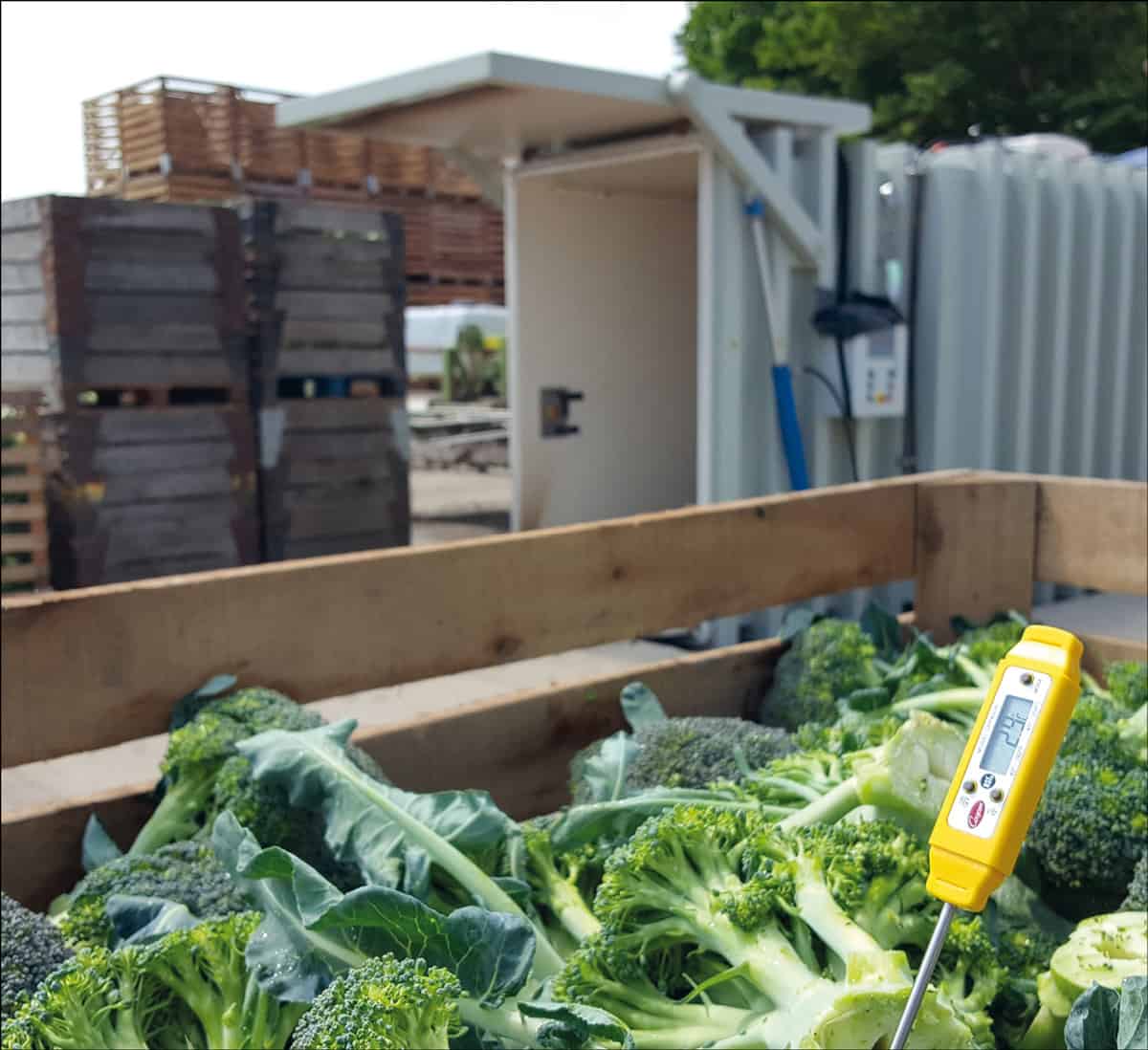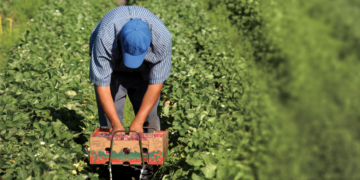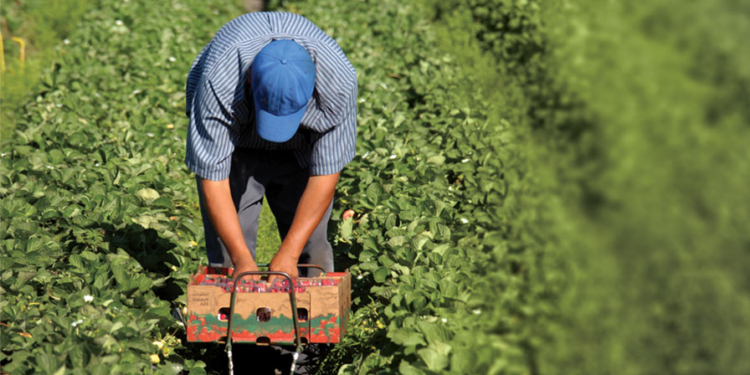Avoiding postharvest losses essentially comes down to knowing what techniques to employ, and what to evade throughout each link in the chain. The challenge, however, is putting that knowledge into practice.
According to Angelos Deltsidis, currently at the University of Georgia and previously with the University of California-Davis Postharvest Technology Center, the quality of a fruit or vegetable is never better than at the time of harvest — it only deteriorates from that point on, until it eventually dies.
To overcome postharvest losses, growers, packers, shippers, and retailers must win the race against time and employ strict measures to get the produce from the farm — and to your fork — while keeping it as fresh as possible.
Here, Deltsidis offers six pointers in the postharvest process that if you employ, can help you avoid suffer major losses.

Assess maturity
The first step in the postharvest handling process is assessing maturity — you want to make sure you pick the crop at the appropriate stage, and you want to make sure the pickers are trained on evaluating maturity. There are plenty of resources online that provide maturity indices with specific information for each crop detailing the appropriate harvesting stage. For example, UC-Davis has technical sheets with photos that illustrate various maturity stages.
Check Your water quality
Check your water source, and make sure that it’s excellent quality before use. Be sure to evaluate the water quality frequently, using tests strips to evaluate chlorine content etc.
If you have a tank you’re using to dunk the produce in, be sure to check the water and change it frequently. As time goes on and more produce is comes in from the field, the water can become contaminated and spread to the other fruit. To sanitize, use sodium hydrochloride, bleach, hydrogen peroxide, peroxy acetic acid, or ozone.
All of these can be used for either conventional or organic crops. This way you are making sure you are not transferring the pathogen from one fruit to the other. You need to effectively kill them and make sure that any lesions do not allow for the pathogens to enter. The packinghouse manager should know after how many loads the water should be changed. If there is a bad quality load, you’ll need to change the water immediately after that.
Check Your water temperature
Make sure water isn’t too cold. When the produce comes from the field, it can vacuum cooler water in from the cutting point and cause internal damage. For example, in some fruits using colder water will cause internalization of soft-rot bacteria into the fruit stem scar and subtending tissue.
As the fruit cools and tissues contract, a vacuum is created, causing water and any potentially pathogenic organisms suspended in the water to be drawn into micro-wounds, pores, or other natural openings in the fruit.
Avoid injury
When you have cuts or cracks in the fruit, it creates entry points for microorganisms. To avoid this, make sure that knives are sharp, and that your crew is trained properly. The knives must not only be sharp, but they should be clean.
When transporting from the field to the packinghouse, make sure you don’t overload the truck, because the fruit at the bottom can get compressed.
Also, make sure to gently load the produce onto trucks. Do not toss or throw produce onto the truck. This will help you avoid bruising.
Keep Your produce cool
Harvest in the morning when it is cool, and be sure to keep fruit out of direct sunlight. After harvesting, move the product to the processing facility as soon as possible, and move the fruit into a cooler quickly after processing. Procedures to increase the rate of cooling include forced air cooling (within the storage room), hydro cooling, and icing (not always recommended).

Proper storage
Make sure that the storage area is separate from the processing area. Make sure the area is properly sanitized, and that racks are away from walls to allow for cleaning and air circulation.
































